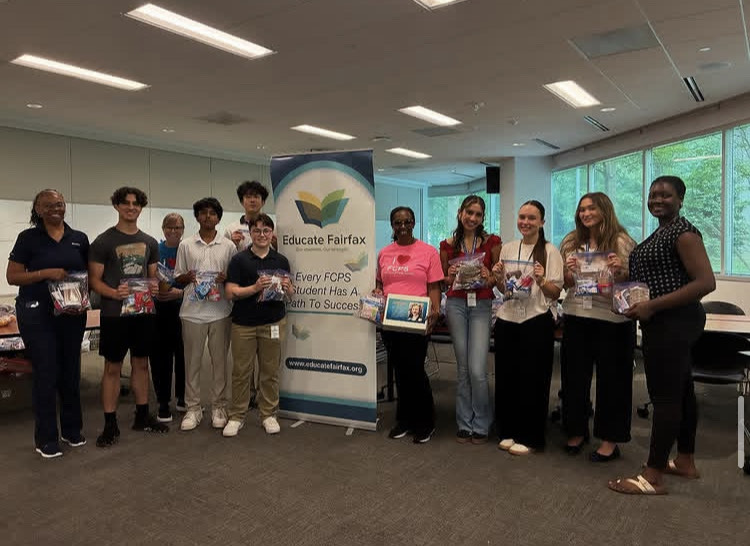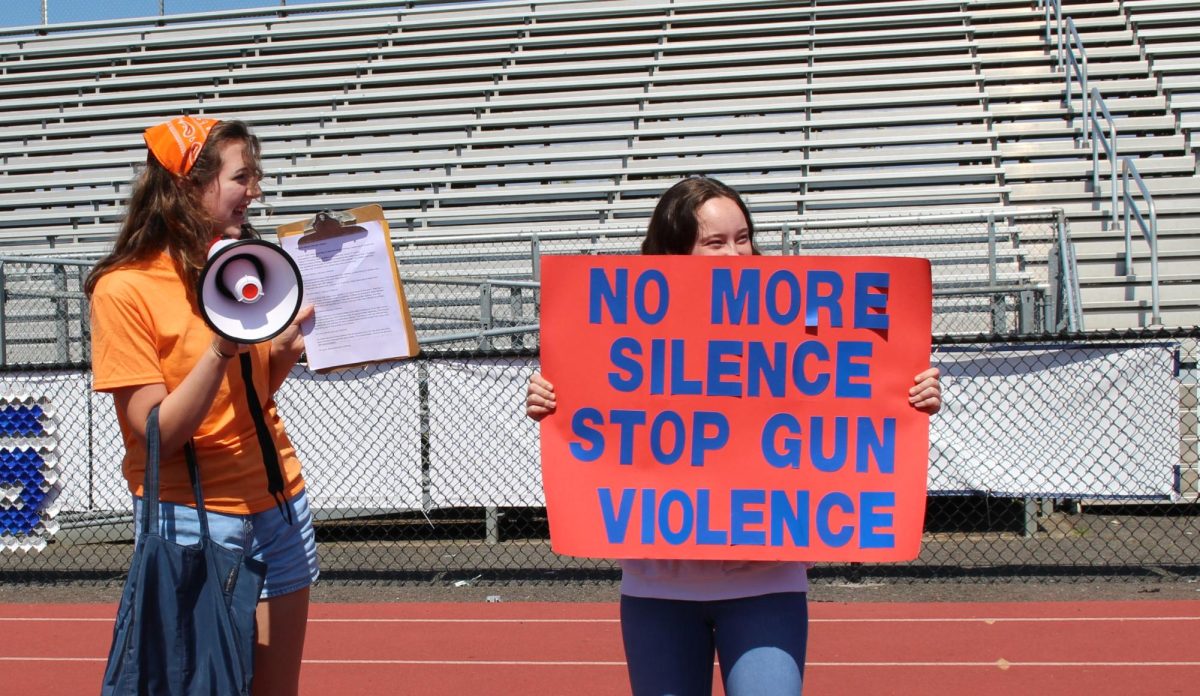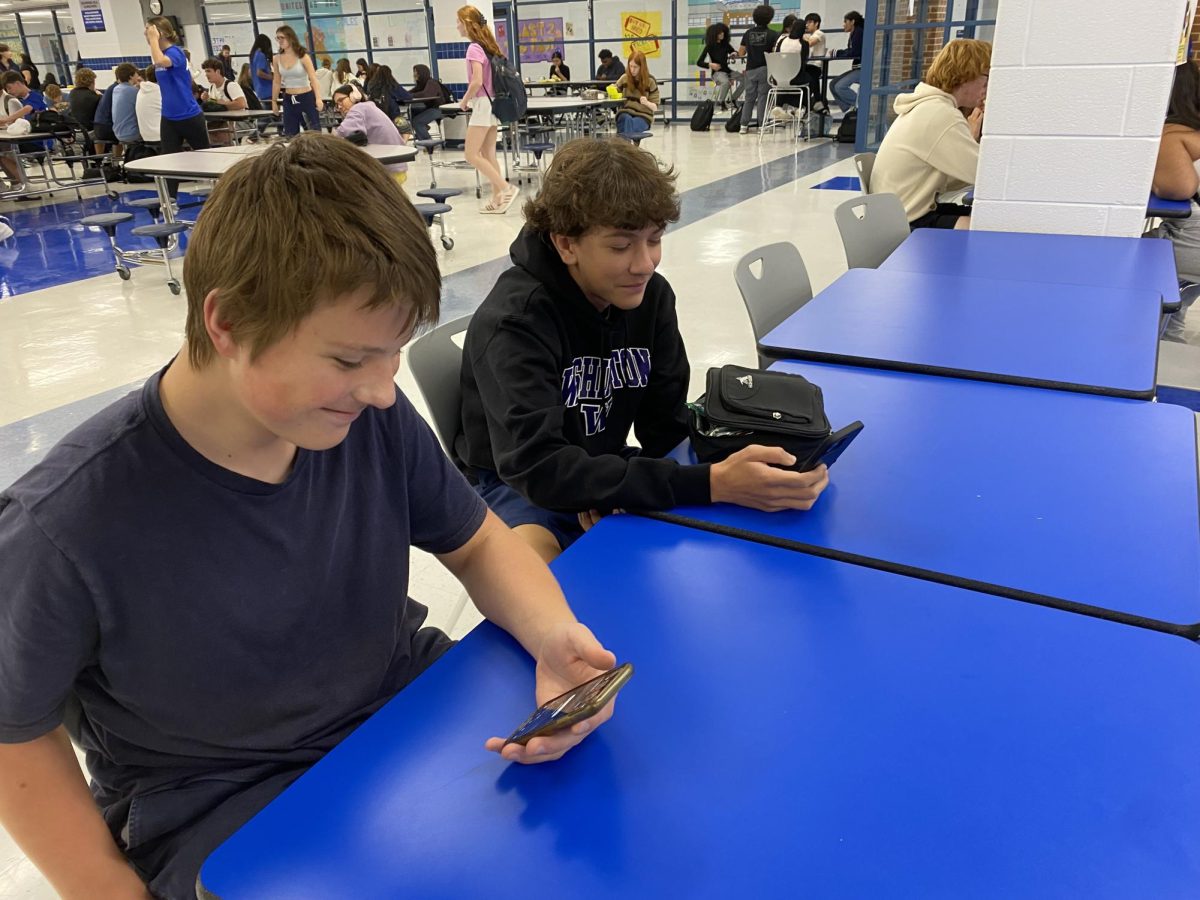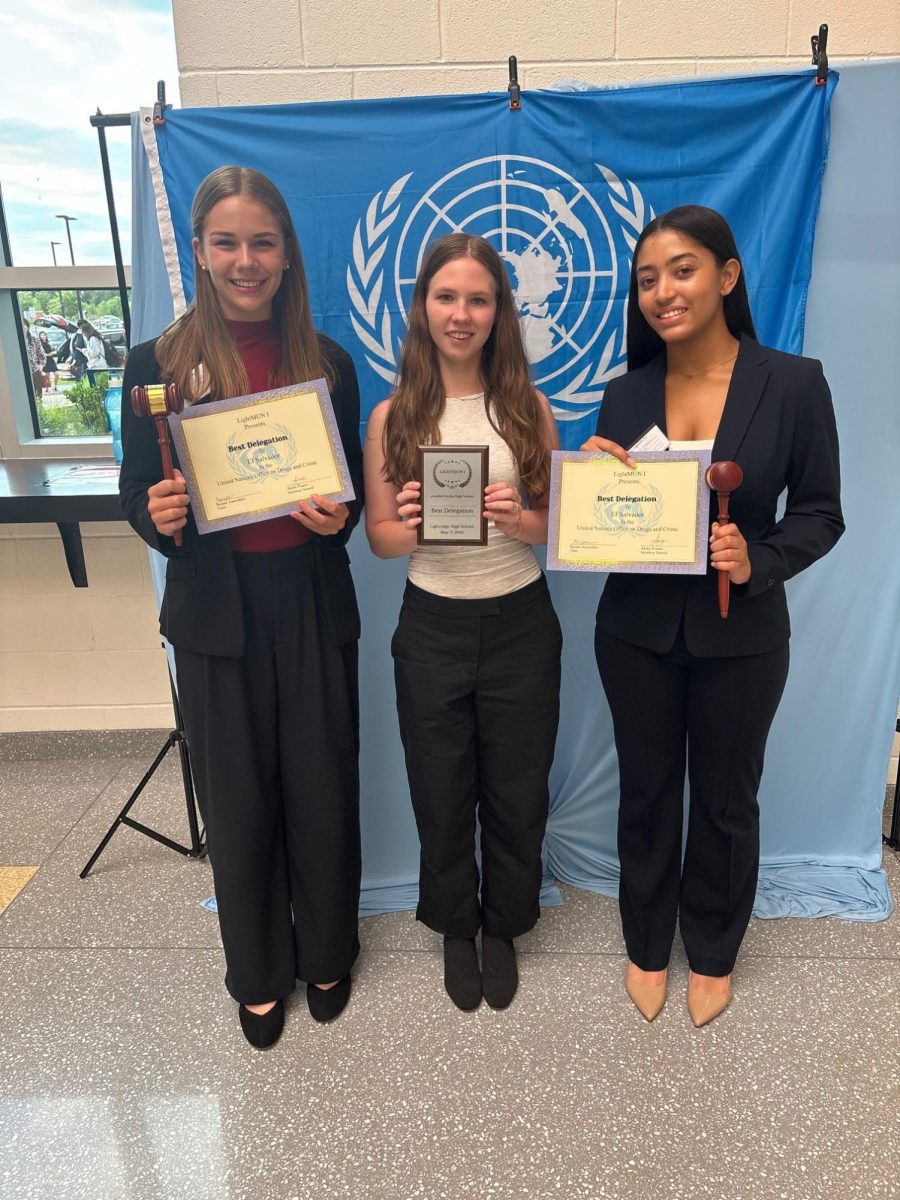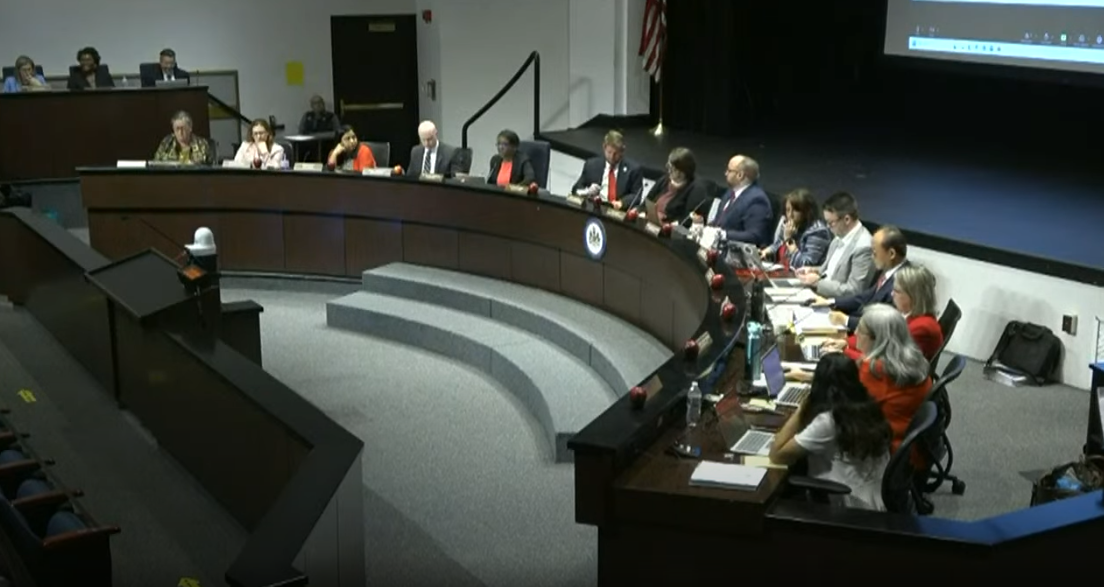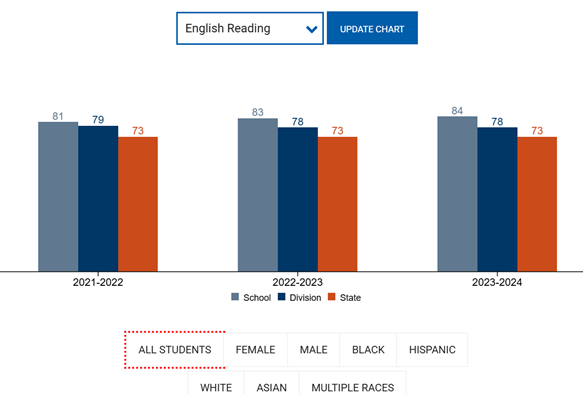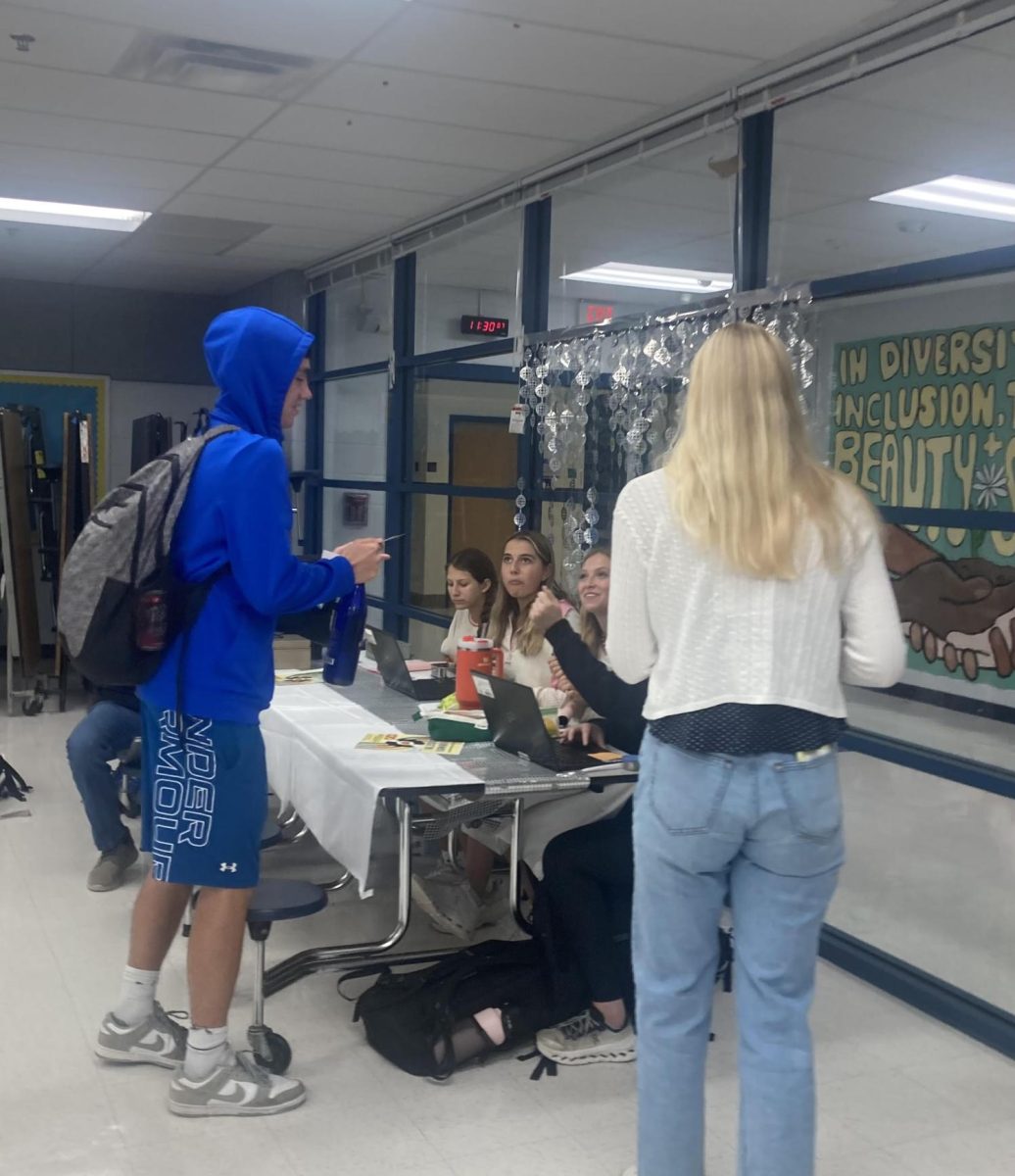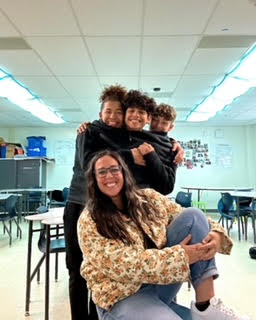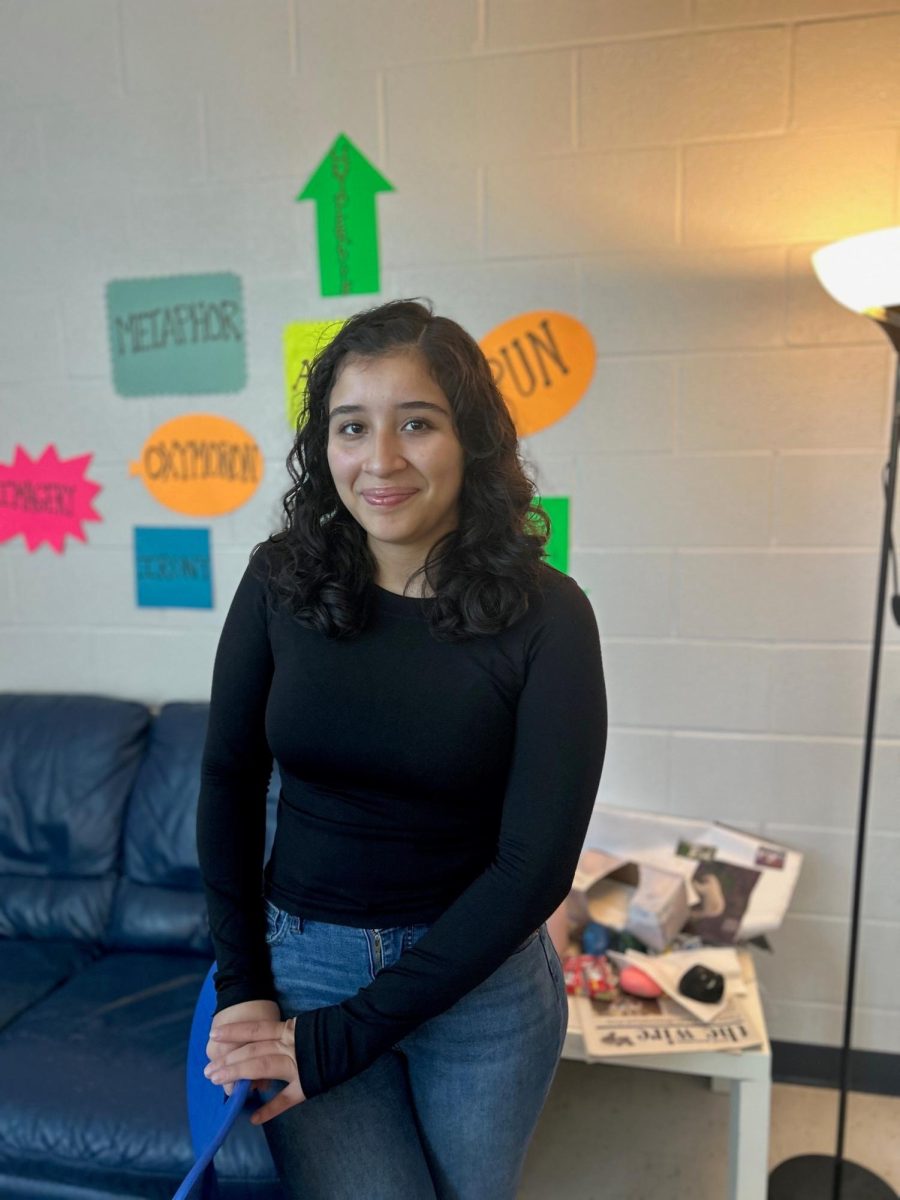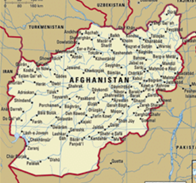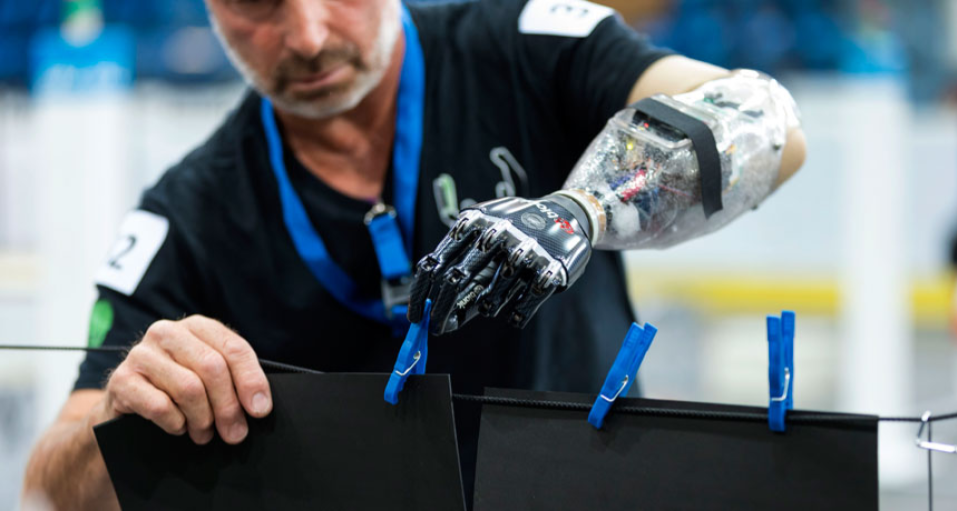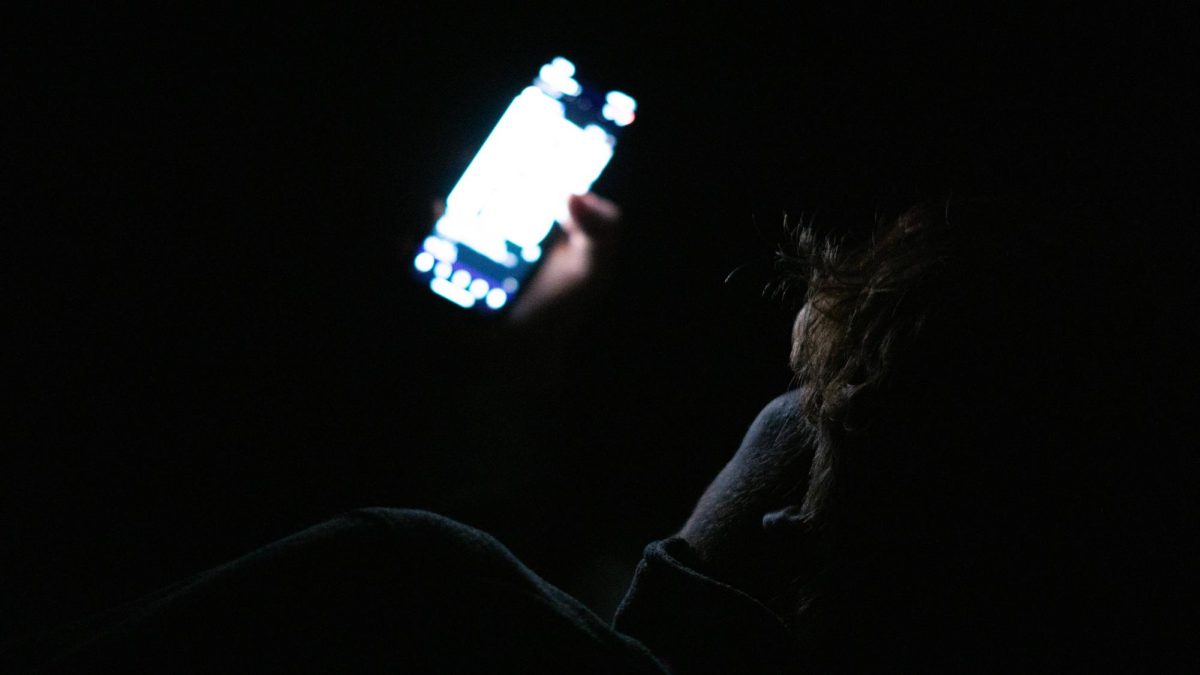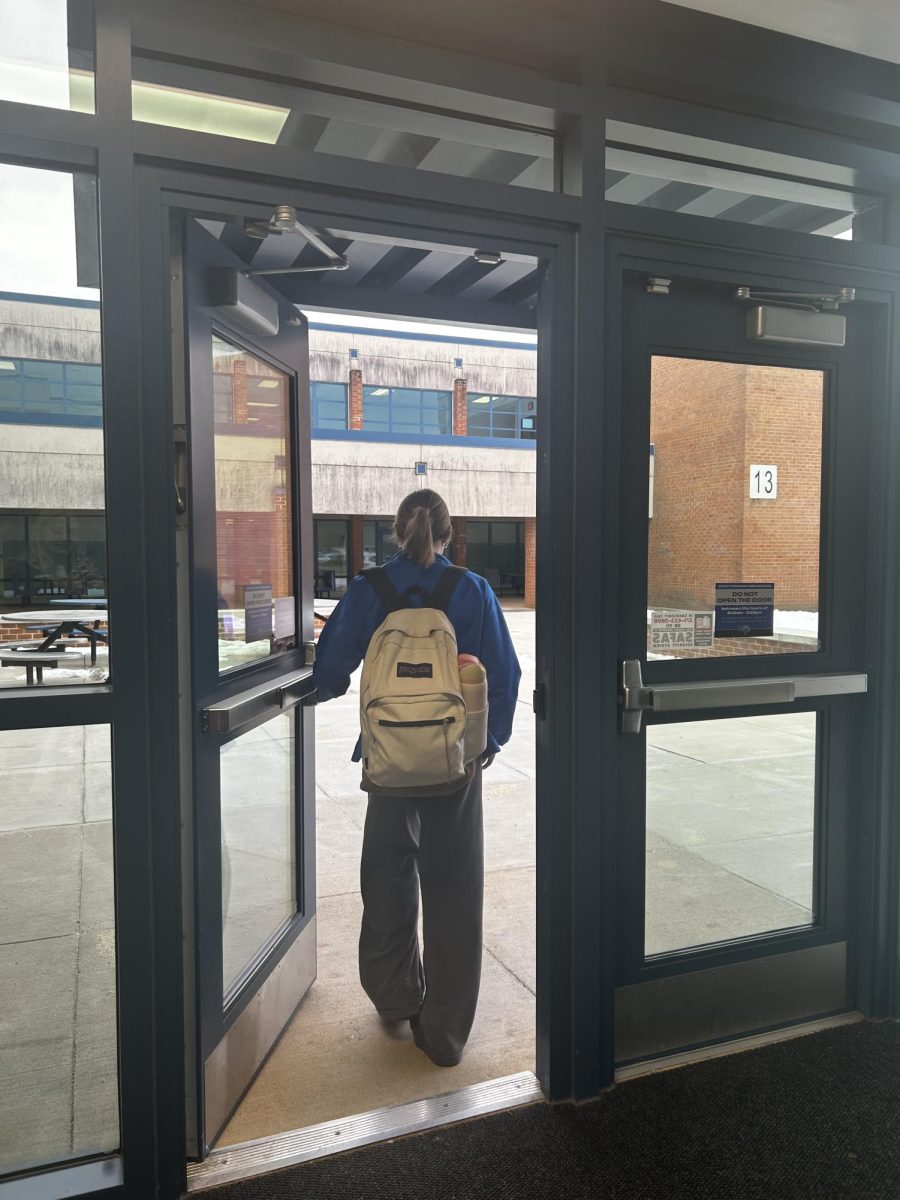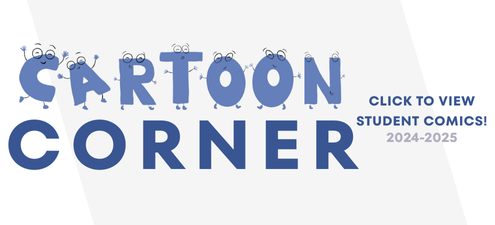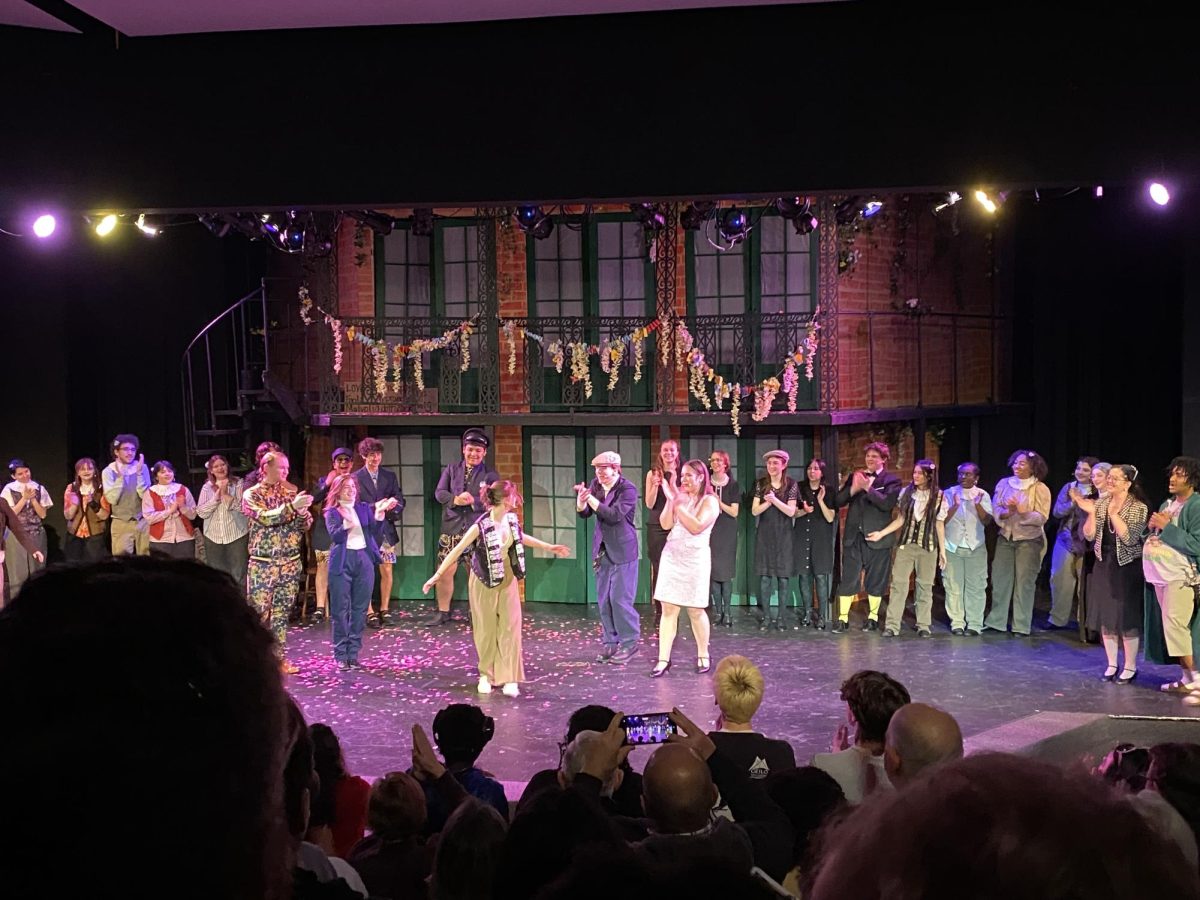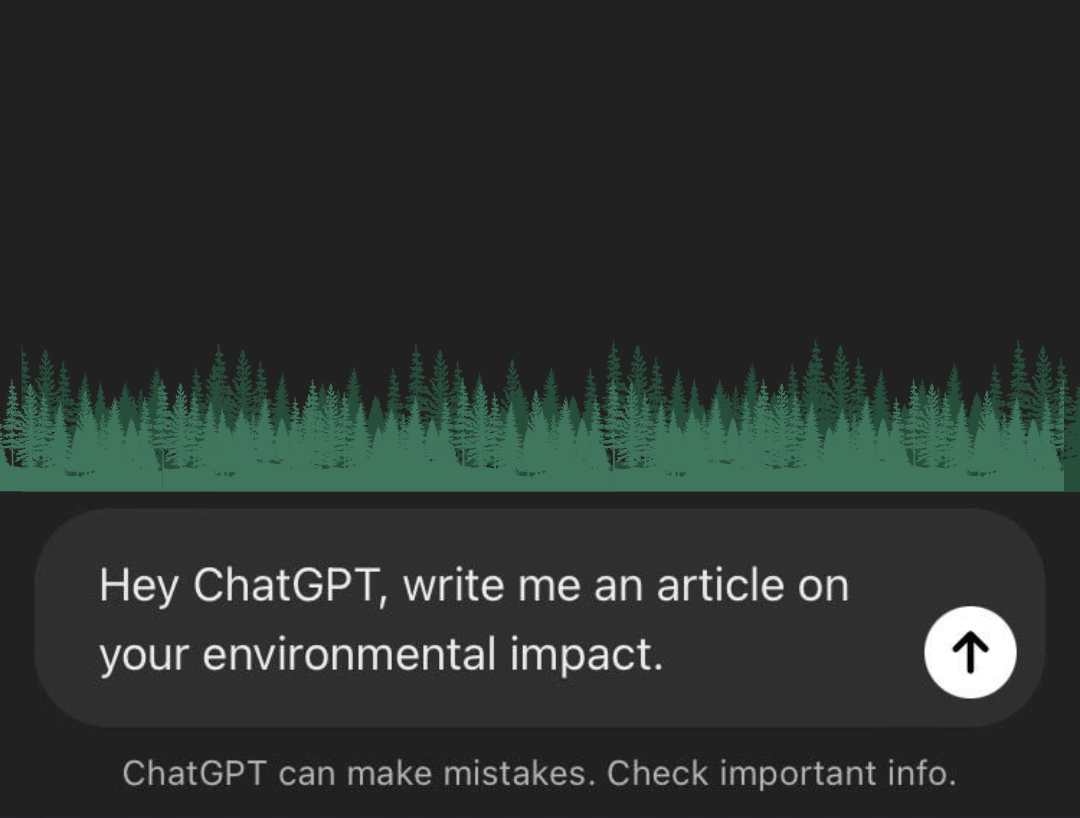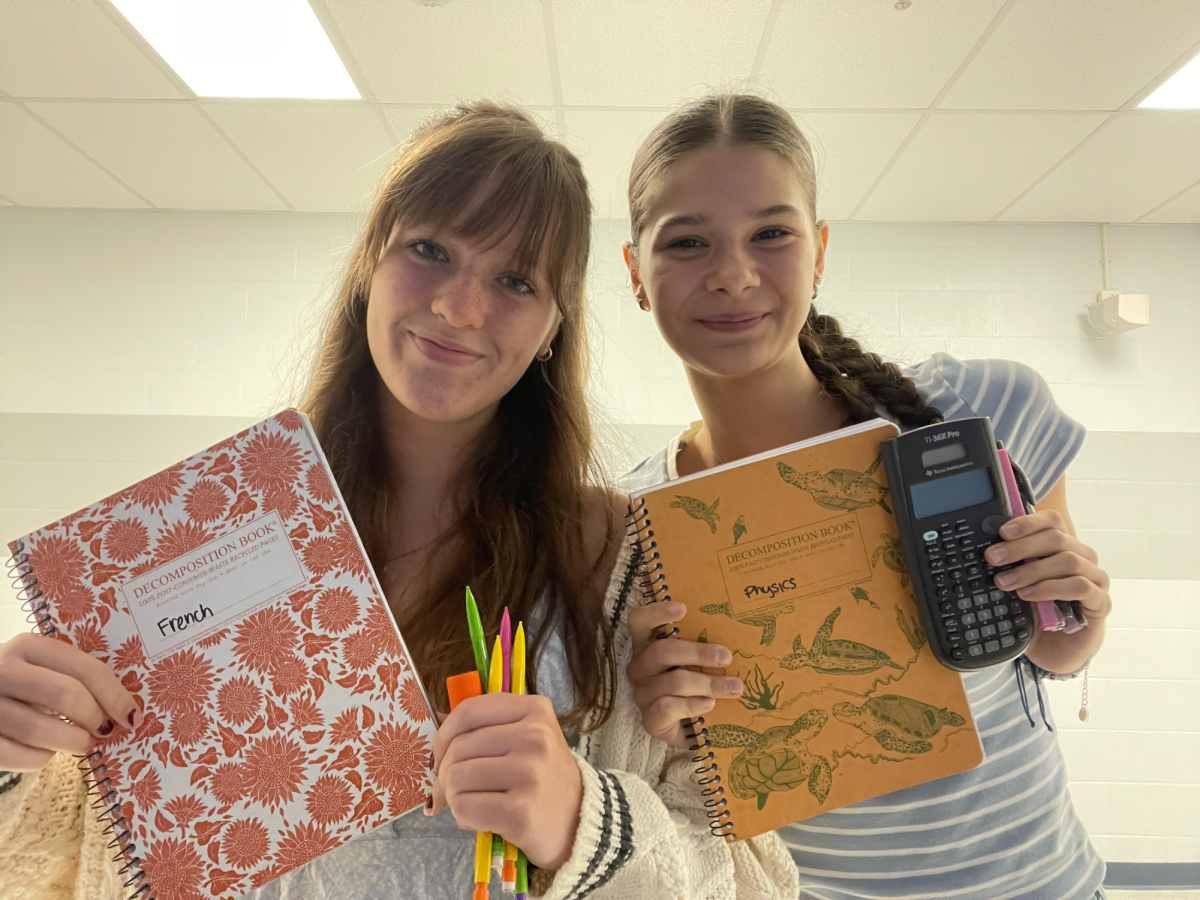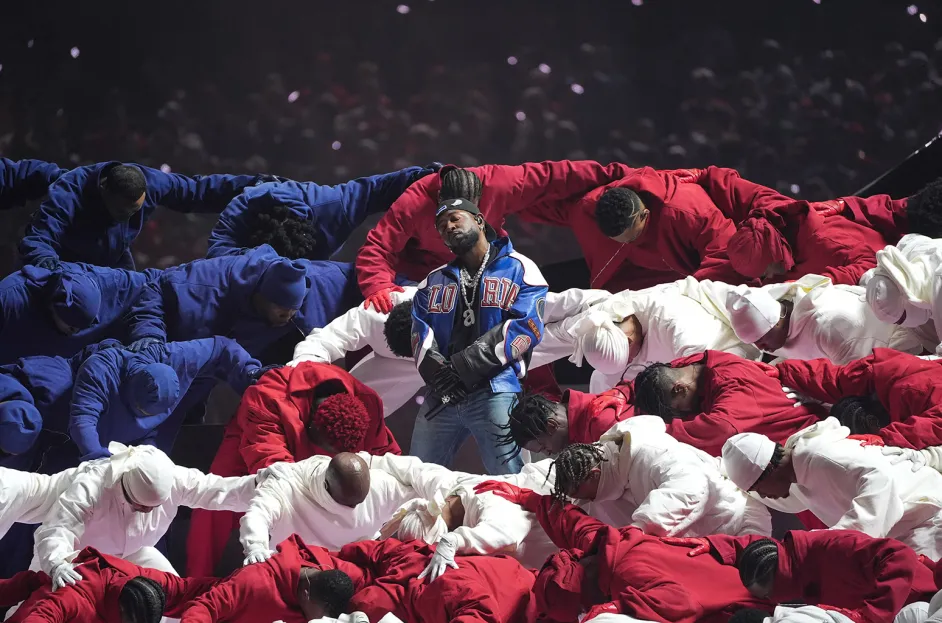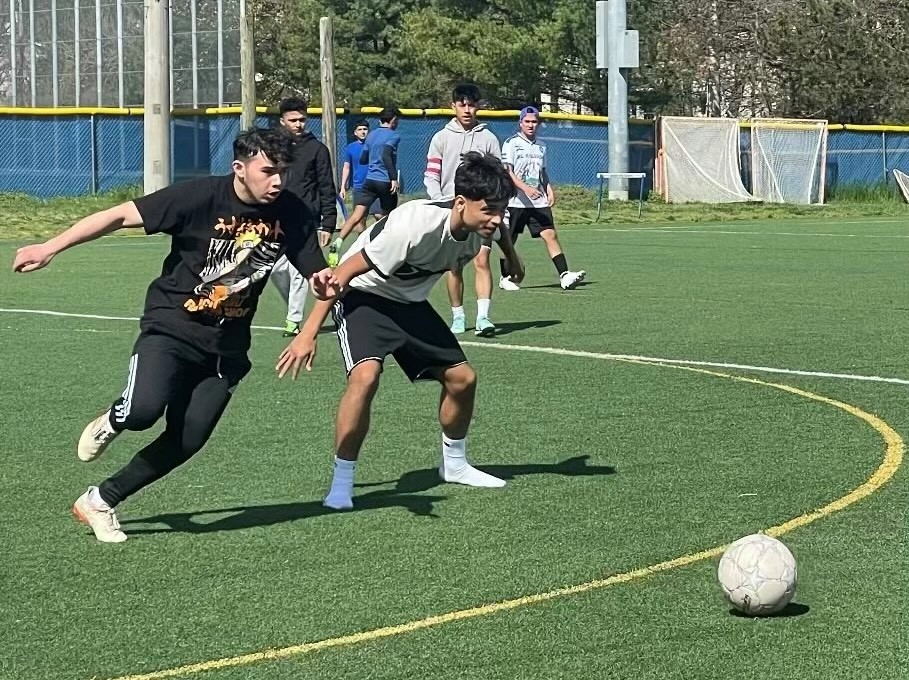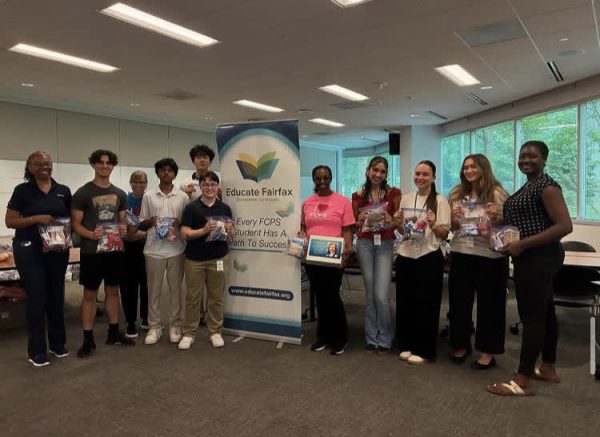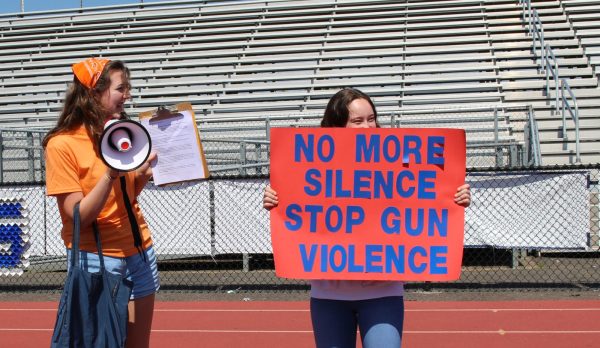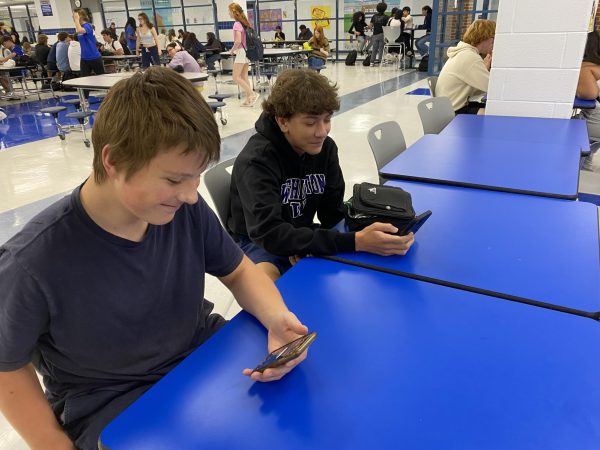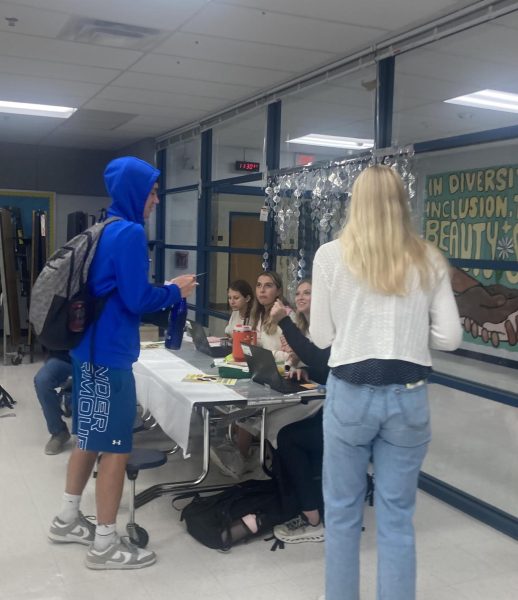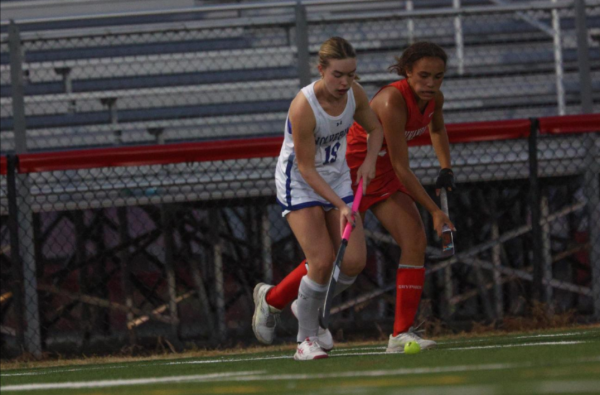All You Need to Know About “Tutorials”

It’s the start of the 2016-2017 school year and students rush towards their classes before the bell rings, not wanting to risk getting swept for a tardy. This school year, Principal Alexander Case initiated “tutorials” in place of “detentions.”
This past summer, Case and Dean of Students Brian Valentine consulted with different schools all over the country in order to initiate a “start on time” initiative, including Morton Ranch and Tompkins High School in Texas. These schools have shown a high impact with both start on time and tutorials.
“It [tutorial] serves some of the functions of what you call detention,” said Valentine. “We’re gonna have a more positive aspect to it where we’re looking at goal settings and doing things to get back to the school and the community. We’re really helping to submit that point that it is a priority to get to class on time.”
To help this turn into a reality, every single teacher needs to be involved, according to Valentine. Teachers should use their planning period time to make sure it happens.
“It’s really all hands on deck,” he said. “Not just because we need all the manpower but also we want teachers to work on positive relationships with students as well.”
The procedure behind receiving a tutorial is tied back to getting tardies. The first and second tardy, students are escorted back to class. The third tardy will be a warning sent out but there are still few complications to this concept.
“We’re still working on how best to get that out,” said Valentine. “Originally, the plan was to have a postcard sent home. What we’re finding is that the logistics of actually making it happen are a little bit more difficult than we expected.”
Although four and six tardies result in after school tutorials, the fifth tardy doesn’t do anything. Instead of giving students another after school tutorial, it gives students a break to start making a more concise effort to get to class on time.
“If it’s [tutorials] truly gonna be a positive thing, you don’t want it to be where you just hammer and hammer kids,” said Valentine. “So that if we [students] do slip up, we’re not gonna kill you for it.”
Although tutorials do take place after school like detention, the setup is different. Last year, detention required students to quietly sit down in the cafeteria the entire detention time, but this year, tutorials focus on one thing: goal setting. Students will discuss the importance of being in class on time and start a conversation on making better choices.
“We got to really talk about what’s going on with kids,” he said.“Our end goal is not to go around and punishing students, but want all 100 percent of our students to be on time to class.”
At the end of the day, Valentine said tutorials hold good intentions. If taught and handled correctly right, he hopes it can have positive impacts and outcomes to both teachers and students.
“Just by walking by, I think we’re empowering students to help really police themselves. As a highschool student, you wanna make the choice for yourself, you don’t wanna have someone breathing down your throat saying you have to do x, y, z,” said Valentine. “However, the way it’s set up here, we’ve given the West Potomac students the choice—they make the good decision, they won’t hear anything from us.”


